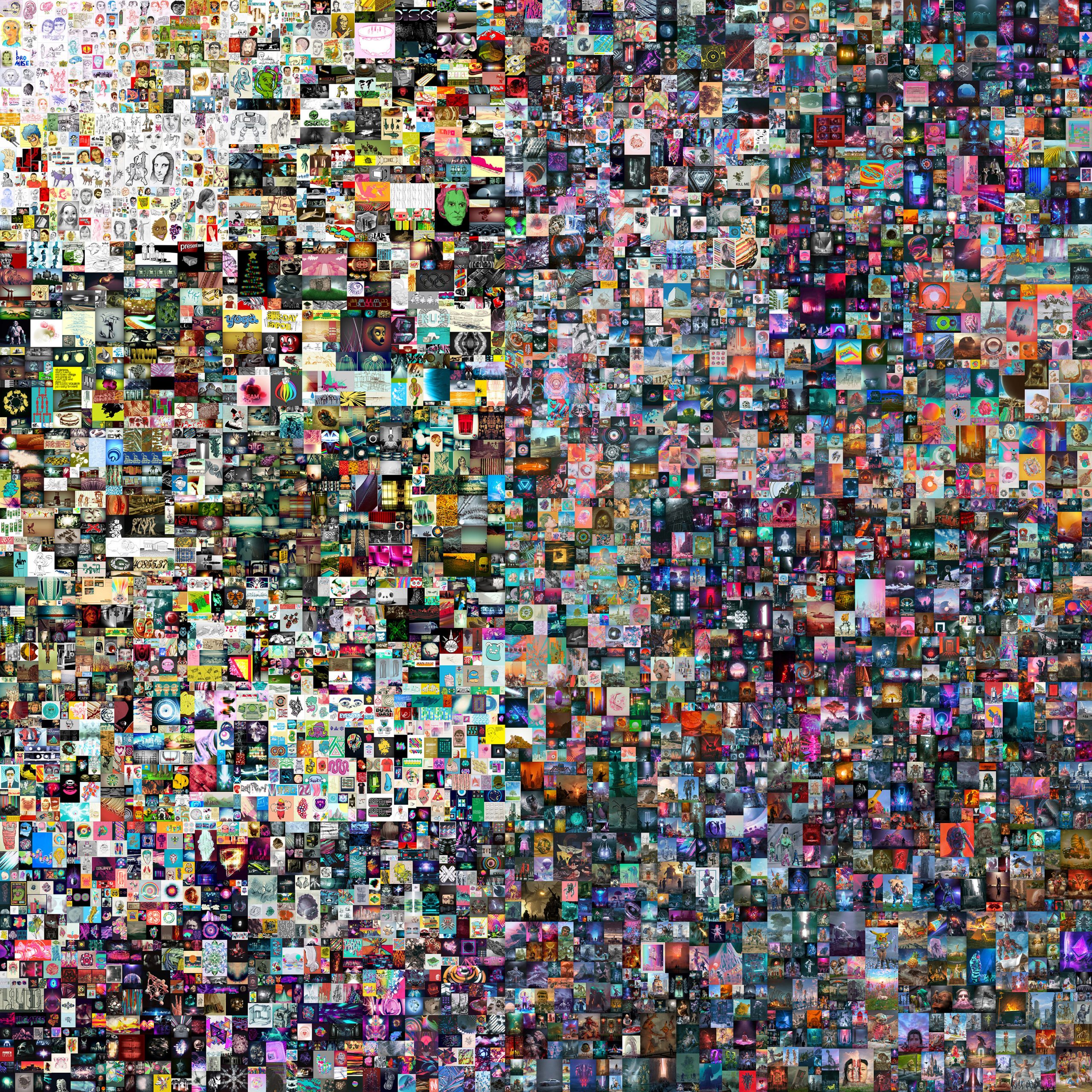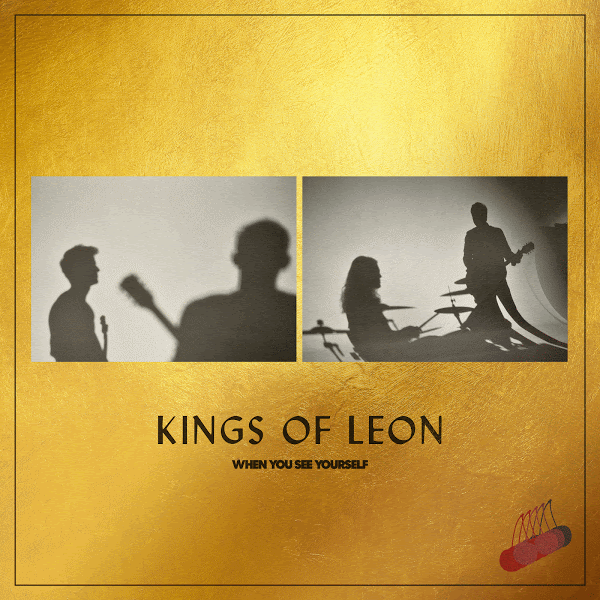 Back to Articles
Back to Articles
NFTs explained: how to create and earn with NFTs
Non-Fungible Tokens (NFTs) became a cultural phenomenon in 2021. They have been around for years, making waves with the CryptoKitties craze back in 2017. Nowadays, NFTs can be sold for millions of dollars. Let’s take a look at how this has become possible.
What is an NFT and how does it work
An NFT is a digital asset that represents real-world objects like art, music, in-game items, videos, event tickets or even domain names. You can create, buy and sell them online, frequently with crypto.
NFTs differ from cryptocurrencies by their uniqueness and own value. Two individual bitcoins are worth the same and, therefore, are fungible. That means they can be traded or exchanged for one another.
But NFTs are different. Due to their unique digital signatures, it’s impossible for NFTs to be exchanged or to be equal to one another. Hence, they are non-fungible.
Non-Fungible Tokens are typically held on the Ethereum blockchain, although they are supported by other Blockchains like FLOW, Crypto.com or Tezos. They follow specific standards, primary ERC-721 and ERC-1155. The Ethereum ERC-721 standard first became popular in 2017 with the CryptoKitty game, while ERC1155 was pioneered by the Enjin team a year later, allowing a single smart contract to govern an infinite number of tokens.
Why the sudden popularity
NFTs gained their initial popularity back in late 2017 when the digital collectibles, CryptoPunks, and later the game, CryptoKitties, came into the scene, attracting first attention from the media to the NFT market. Since then everything went quiet for a few years till 2021 which some journalists have called ‘the year of NFTs’.
Since early 2021, NFTs have continued to be in focus of financial and mainstream media because of their acceptance by deep-pocketed investors. In March, the major auction house Christie’s sold the first NFT-based work of art, called ‘The First 5000 Days’, for a record-breaking $69.3 million. The artwork, created by Mike ‘Beeple’ Winkelmann, represents 5,000 days (or 13 years) of his work.

Shortly thereafter, another prestigious auction house, Sotheby’s, announced on 16th March 2021, that it was planning to host its own NFT art sale. In April, the NFT ‘REPLICATOR’ by the digital artist Micah ‘Mad Dog Jones’ Bowbak was sold for $4.1 million at a Phillips’ auction.
@Mad_Dog_Jones's REPLICATOR sold for $4,144,000 with the buyer's premium, setting the record for a living Canadian artist. Thank you to all of our followers and bidders! pic.twitter.com/uxvloEyMi8
— PHILLIPS (@phillipsauction) April 23, 2021
The New York Stock Exchange also joined the NFT craze in April by announcing ‘first trade’ NFTs of Spotify, Snowflake, Unity, DoorDash, Roblox and Coupang companies.
TOP 5 industries that benefited from NFTs
Based on the NonFungible.com report, during the first quarter of 2021, sales of NFTs grew more than 20 times, surpassing the $2 billion mark. Currently, there are a few industries that have already benefited from NFTs’ adoption.
Video games
Besides CryptoKitties, a blockchain game that allows players to purchase, collect, breed and sell virtual cats, there are a few other game developers who made a profit on NFTs hype. Currently, the most expensive video game NFT is Moon Room by Decentraland which was purchased on OpenSea for 1,4 million MANA (over $1,1 million based on CoinMarketCap data on 31st May 2021).

Sports
The rise in sports NFTs is easy to see. A moment of a LeBron James dunk in 2019 sold for $208,000 on NBA Top Shot.
Music
Additional NFT use case is connected with music. For example, the first-ever album released as an NFT came only in early March of 2021 with Kings of Leon’s record ‘When You See Yourself’, generating $2 million from its sales.

Art
The most expensive and famous NFT is ‘Everydays: the First 5000 Days’, a digital work of art created by the net artist Beeple, which was sold for more than $69 million in March 2021. His other work, called ‘Crossroads’, was auctioned off for $6.6 million.
Collectibles
Outside of sports and the arts, collectible items are a big hit on the NFT scene. The best example of this is the sale of an NFT of Twitter CEO, Jack Dorsey’s first tweet purchased for $2.9 million. Despite such a huge price, the tweet lost the competition of the the most expensive digital collectible item to the pixel art image, CryptoPunk #3100, which was sold for $7.58 million in March 2021.

How to earn with NFTs
Technically, everyone can create and sell a Non-Fungible Token. You can create a work of art, a piece of music or just a GIF file and then turn it into NFT through the process called ‘minting’. After this is done, you can sell your brand-new NFT via one of the specialised marketplaces or even eBay.
Good thing about Non-Fungible Tokens is that you can continue to earn money with them even after they’ve been sold. You can attach a commision to the file, which you will receive each time your NFTs are resold.
How to create NFT
If you want to mint your own NFT, you need the following:
- Decide which file you would like to mint into NFT. As we’ve mentioned before, it could be digital art, a piece of music, a video, a GIF file or even a Tweet.
- Create an Ethereum wallet which you will use to pay possible fees for putting up your NFT file for sale on the online marketplace. For instance, you can get such a wallet on the MetaMask platform.
- Buy a little bit of Ethereum to cover possible fees. You can buy ETH easily on EXMO.
- Connect your wallet to one of the NFTs auction markets like OpenSea, Rarible or Nifty Gateway. Then list your Non-Fungible Token on one of these platforms.
- After pricing your NFT and paying fees for its mining, it will become available for bidding. Anyone can find it and place a bid for your NFT.
How to buy NFT
Another way to earn money with Non-Fungible Tokens is to start your own NFT collection which you can sell later. To get started, you’ll need a few key items such as:
- A digital wallet to store NFTs and cryptocurrencies. Again, you can use MetaMask to get your wallet.
- Ethereum or other crypto to pay the artist for its NFT. You can buy ETH or other cryptocurrencies for USD, GBP or EUR on EXMO.
- Once your wallet is set up and funded, you can buy NFTs on platforms like OpenSea, Rarible or Nifty Gateway.
What is expected of NFTs
Unlike digital files that can be duplicated endlessly, traditional works of art are valuable because they are one of a kind. NFTs allow to tokenise artworks, videos or music, creating a digital certificate of ownership that can be bought and sold. That’s how each NFT gains its own value and that’s why the NFT market in general is in the spotlight for investing. In a nutshell, NFTs are a modern way of investing in art.
Non-Fungible Tokens continue to spread across a variety of industries and are now even available for trading on eBay, one of the biggest online marketplaces in the world. This case might increase the accessibility and popularity of NFTs, as tokenised assets.
Being a new collectable form of modern art, NFTs allow artists to earn on their works without third parties. So it’s quite unlikely that creators will give up so easily on their independent source of income. And for major investors, NFTs are a promising way for capital investments.
Due to increased interest in NFTs, their holders and investors became concerned about the legal issue of NFT token circulation, namely: will the SEC treat these assets as a security, or will the tokens be classified as goods? According to Dilendorf Law Firm PLLC, ‘not all NFTs will be viewed by the US regulators as securities, but quite possibly certain NFTs indeed will be’.
Thus, lawyers warn influencers and celebrities of endorsing certain NFT projects, as they ‘may be acting as unregistered brokers or be otherwise liable for participation in an offering or sale of unregistered securities’.